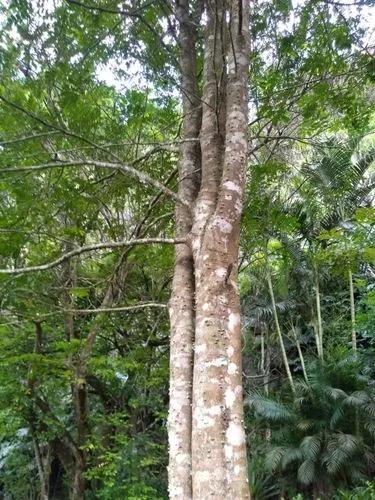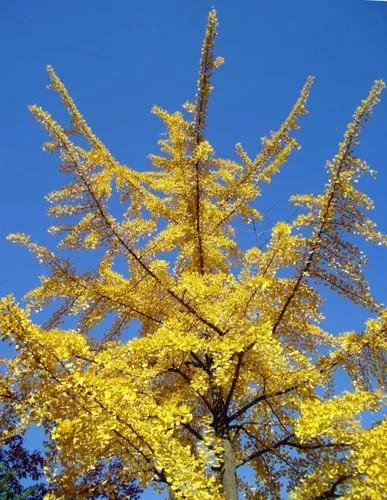Cedrus deodara, the deodar cedar, Himalayan cedar, or deodar/ devdar/ devadar/ devadaru, is a species of cedar native to the western Himalayas in Eastern Afghanistan, Northern Pakistan (especially in Khyber Pakhtunkhwa), and India (Jammu and Kashmir, Ladakh, Himachal Pradesh, Uttarakhand, Sikkim, Arunachal Pradesh, and the Darjeeling Region of West Bengal), Southwestern Tibet, and Western Nepal occurring at 1,500–3,200 m (4,921–10,499 ft) altitude.
Deodar Cedar Care
Cedrus Deodara



It is a large evergreen coniferous tree reaching 40–50 m (131–164 ft) tall, exceptionally 60 m (197 ft) with a trunk up to 3 m (10 ft) in diameter. It has a conic crown with level branches and drooping branchlets. The leaves are needle-like, mostly 2.5–5 cm (0.98–1.97 in) long, occasionally up to 7 cm (2.8 in) long, slender (1 mm (0.039 in) thick), borne singly on long shoots, and in dense clusters of 20–30 on short shoots; they vary from bright green to glaucous blue-green in colour. The female cones are barrel-shaped, 7–13 cm (2.8–5.1 in) long and 5–9 cm (2.0–3.5 in) broad, and disintegrate when mature (in 12 months) to release the winged seeds. The male cones are 4–6 cm (1.6–2.4 in) long, and shed their pollen in autumn. The deodar is the national tree of Pakistan. Among Hindus, as the etymology of deodar suggests, it is worshiped as a divine tree. Deva, the first half of the Sanskrit term, means divine, deity, or deus. Dāru, the second part, is cognate with (related to) the words durum, druid, tree, and true.
How to Care for the Plant

Popularity

844 people already have this plant 135 people have added this plant to their wishlists
Discover more plants with the list below
Popular articles






